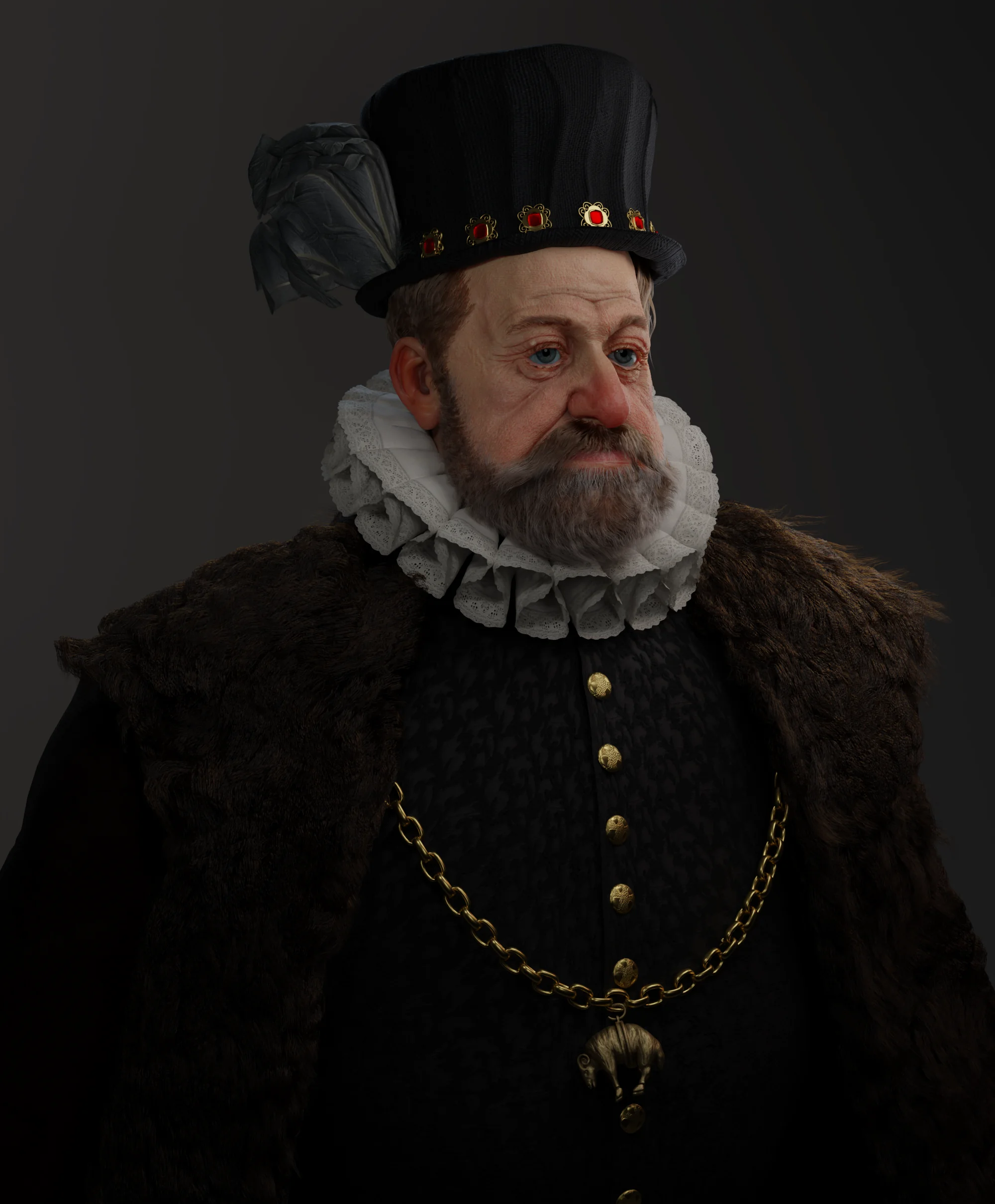Rudolf II, Holy Roman Emperor, Renaissance, Habsburg dynasty, European history, Prague, patronage, arts, sciences, astrology, alchemy, religious tolerance, Thirty Years’ War
Introduction
Rudolf II, Holy Roman Emperor, is a figure often overshadowed by the tumultuous events of his time, yet his reign marked a significant period of cultural and scientific flourishing in Europe. As a member of the powerful Habsburg dynasty, Rudolf II ruled over vast territories and presided over a court that attracted artists, scientists, and intellectuals from across the continent. In this article, we explore the life, reign, and legacy of Rudolf II, shedding light on his contributions to the arts, sciences, and religious tolerance during the Renaissance era.
Early Life and Ascension to the Throne
Rudolf II was born on July 18, 1552, in Vienna, Austria, the eldest son of Holy Roman Emperor Maximilian II and Maria of Spain. He inherited the throne in 1576, succeeding his father as Holy Roman Emperor and ruler of the vast Habsburg domains. Rudolf’s reign was marked by political intrigue and religious conflict, as Europe grappled with the aftermath of the Protestant Reformation and the Counter-Reformation.
Patronage of the Arts and Sciences
Despite the challenges of his reign, Rudolf II was a passionate patron of the arts and sciences, fostering a vibrant cultural atmosphere at his court in Prague. He surrounded himself with artists, musicians, and scholars, including the renowned astronomers Tycho Brahe and Johannes Kepler, who made significant contributions to the field of astronomy during their time in Prague.
Under Rudolf’s patronage, Prague became a center of artistic and intellectual innovation, attracting painters, sculptors, and architects from across Europe. The emperor’s passion for collecting led to the creation of one of the most extensive art collections of the Renaissance era, including masterpieces by artists such as Albrecht Dürer, Hans von Aachen, and Giuseppe Arcimboldo.
Read also:Ivan the Terrible: Unraveling the Legacy of Russia’s Infamous Tsar
Interest in Astrology, Alchemy, and the Occult
In addition to his patronage of the arts and sciences, Rudolf II was deeply interested in astrology, alchemy, and the occult. He surrounded himself with astrologers and alchemists, believing in the mystical and esoteric powers of these disciplines. Rudolf’s fascination with the occult extended to his personal life, as he sought guidance from astrologers and alchemists on matters of state and personal fortune.
Despite his interest in astrology and alchemy, Rudolf II was also a rational and enlightened ruler who valued scientific inquiry and empirical evidence. He supported the work of astronomers and mathematicians, funding research and experiments that advanced our understanding of the natural world.
Religious Tolerance and Political Challenges
One of Rudolf II’s most enduring legacies was his commitment to religious tolerance in an era of religious conflict and persecution. Unlike many of his predecessors, Rudolf adopted a policy of religious tolerance, allowing Protestants and Catholics to practice their faith freely within his domains. This policy earned him the respect and admiration of his subjects, who saw him as a benevolent and enlightened ruler.
However, Rudolf’s reign was not without its challenges. He faced opposition from powerful nobles and rival princes, who sought to undermine his authority and influence. The Thirty Years’ War, a devastating conflict that engulfed Europe in the early 17th century, was sparked in part by religious tensions and political rivalries that had been brewing for decades.
Legacy and Historical Assessment
Rudolf II’s reign as Holy Roman Emperor was a period of cultural and scientific flourishing, as Europe experienced a Renaissance of ideas and creativity. His patronage of the arts and sciences, along with his commitment to religious tolerance, left a lasting impact on European culture and society.

